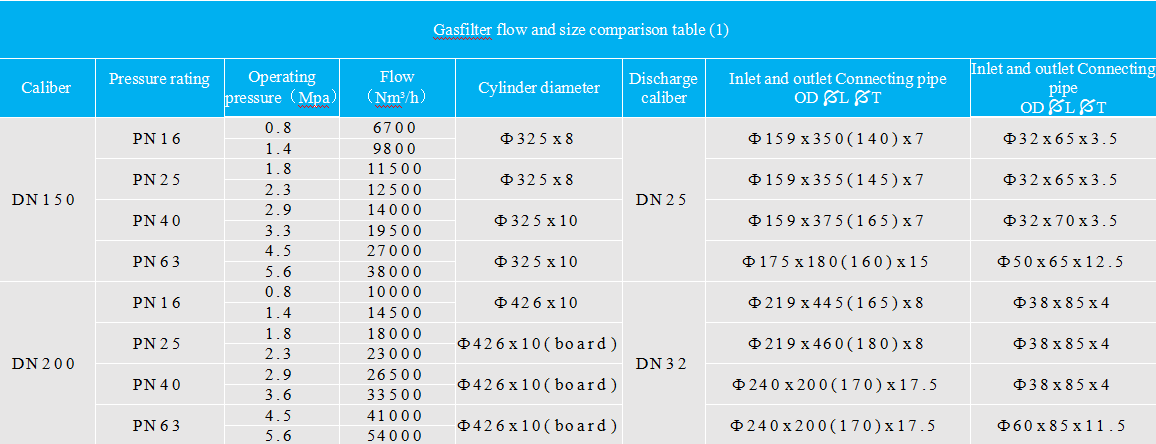
Nov . 06, 2024 00:58
Back to list
Essential Guidelines for Ensuring Safety in Natural Gas Valve Operations
Understanding Natural Gas Safety Valves A Vital Component for Safety
Natural gas is a prevalent energy source used for heating, cooking, and powering various appliances in homes and industries. However, the flammable nature of natural gas necessitates stringent safety measures to prevent accidents and ensure the safe distribution and usage of this vital resource. Among these safety measures, natural gas safety valves play a critical role. This article delves into what natural gas safety valves are, their importance, types, and best practices for maintenance and installation.
What Are Natural Gas Safety Valves?
Natural gas safety valves are specialized devices designed to protect gas systems from overpressure conditions. They serve to ensure that the flow of gas remains controlled, which helps prevent potentially hazardous situations. When pressure within a gas line or appliance exceeds a predetermined level, these valves automatically open to release excess pressure. This mechanism not only protects the equipment from damage but also minimizes the risk of leaks, explosions, or fires associated with uncontrolled gas flow.
Importance of Natural Gas Safety Valves
The significance of natural gas safety valves cannot be overstated. They function as the first line of defense in the event of pressure anomalies. By allowing excess pressure to escape, these valves help maintain system integrity and operational safety. Unchecked pressure buildup can lead to catastrophic failures, resulting in equipment damages, financial losses, and, most critically, threats to human life. For residential and commercial gas systems, safety valves are essential for ensuring that natural gas is delivered and utilized safely.
Types of Natural Gas Safety Valves
There are various types of safety valves used in natural gas systems, each designed for specific applications and pressures. Some of the most common types include
1. Relief Valves These valves are designed to open automatically when internal pressure exceeds a specified limit. Relief valves are crucial in protecting gas lines, storage tanks, and other components from pressure surges.
2. Safety Shut-off Valves These valves are engineered to shut off the flow of gas in emergencies. They play a vital role in preventing gas leaks and reducing the risk of fire or explosion when a fault is detected.
3. Backpressure Valves Backpressure valves help maintain a minimum pressure in the system. They are particularly useful in systems where pressure fluctuations are common, ensuring a steady gas supply.
natural gas safety valve

4. Automatic Control Valves These valves automatically adjust the flow of gas based on demand and system conditions. They help regulate pressure and enhance efficiency in gas distribution systems.
Each type of safety valve plays a unique role in the broader context of natural gas safety, and understanding these distinctions is essential for system designers and operators.
Best Practices for Maintenance and Installation
To ensure the effectiveness of natural gas safety valves, regular maintenance and cautious installation practices are critical. Here are some best practices
1. Routine Inspections Conduct regular inspections of safety valves to check for wear and tear, corrosion, or debris that could impede their operation. Regular testing can identify potential issues before they become critical.
2. Proper Installation Safety valves must be installed following manufacturer specifications and local regulations. Incorrect installation can hinder performance or lead to failure under pressure.
3. Documentation and Training Maintain thorough documentation of maintenance activities and ensure that personnel are adequately trained on the operation and inspection of safety valves. Knowledgeable staff can better respond in emergency situations.
4. Replacement Protocols Establish guidelines for when to replace safety valves, as their effectiveness can diminish over time. A proactive replacement strategy ensures ongoing protection against pressure anomalies.
Conclusion
Natural gas safety valves are indispensable in safeguarding against the inherent risks associated with natural gas usage. By preventing excess pressure scenarios, these valves protect both people and property. As industries and consumers continue to rely on natural gas, understanding and properly maintaining safety valves is crucial to ensuring safe and efficient energy use. Prioritizing safety measures, including regular inspections and adherence to best practices, will ultimately pave the way for a safer natural gas experience for everyone.
Next:
Latest news
-
Safety Valve Spring-Loaded Design Overpressure ProtectionNewsJul.25,2025
-
Precision Voltage Regulator AC5 Accuracy Grade PerformanceNewsJul.25,2025
-
Natural Gas Pressure Regulating Skid Industrial Pipeline ApplicationsNewsJul.25,2025
-
Natural Gas Filter Stainless Steel Mesh Element DesignNewsJul.25,2025
-
Gas Pressure Regulator Valve Direct-Acting Spring-Loaded DesignNewsJul.25,2025
-
Decompression Equipment Multi-Stage Heat Exchange System DesignNewsJul.25,2025

